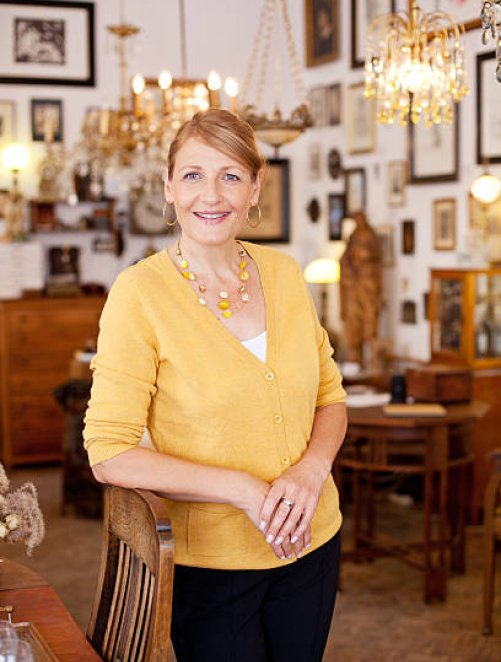








Cherub wall sconce
It's a wall sconce featuring a sculpture of a winged cherub riding some kind of sea monster. It's made of some kind of glazed ceramic—not something I know much about. White and blue. There's a hand drawn rooster on the inside and what appears to be "07" (or possibly "LO") scrawled inside. A brief internet search shows that the hand drawn rooster might mean it's from the Cantagalli studio in Italy, but I don't know how to verify that. There are several spots where the glazing has worn off, most notably on the cherub's nose, and the end of the sea monster's tongue is broken off. Nonetheless, it's striking.
18" tall, shelf is 11" by 11"
Secondhand Store
Yes


Hi Clayton,
Thank you for contacting Mearto with your appraisal inquiry.
This has all the hallmarks of Italian faience (tin glazed earthenware, could be either white or colored) and the rooster symbol may indicate it was made for any of the several important Italian families whose family crests featured roosters (not least of which was the Galli family - 'galli' being the Italian word for roosters).
Other elements suggesting an Italian area of manufacture include not only the bold modeling of the cherub and the creature it's riding but also the dynamism of the scene - there is nothing elegant (French) or restrained (English) about this wall bracket (a sconce is a wall light). The presence of a tail suggest this may be some version of a dolphin (if you look at early Italian - and elsewhere - engravings, dolphins were often depicted with rounded heads and very different mouths than what we know them today to have).
Your suggestion that this might be from the Cantagalli workshops of Florence is a good one: Cantagalli marks are nearly always blue roosters, and they often look sketch-like and a bit whimsical, just like this one. However, most documented Cantagalli marks also include the word “Cantagalli” or a letter “C” near the rooster — and in your photo, there is no visible text or letter. So...while I'm certain this is Italian, and think this *could* be by the Cantagalli workshop, I'm not 100% positive. Your photos of the back indicate this was made in the 18th or 19th Century; most related Italian and Cantagalli-attributed pottery wall brackets of this size and age (I've not found any with identical configuration of cherub and dolphin) have sold recently at auction for between $500 and $800 (ones bearing an indisputed Cantagalli mark bring more). Please note that retailers that are selling similar ones now may be asking higher retail prices.
Based on the photos and information provided, and subject to examination, this is:
An antique Italian blue and white faience wall bracket
Possibly the Cantagalli workshops, 18th or 19th Century
The shaped platform with stylized acanthus molding over a base featuring a cherub riding a
Overall height: 18 inches; width: 11 inches; depth: 11 inches
CONDITION: With some chip losses but otherwise this appears to be in good condition.
PROVENANCE: Acquired at a second-hand store
$ 500-800*
*represents a fair-market value for auction purposes; retail or asking price may vary.
Please let us know if you have additional items to appraise, or questions/concerns, and thank you again for using Mearto.
~ Delia










Hi Delia,
I added a view from the other side, so you can see the full body of the dragon. The cherub seems to be reclined on the dragon, as though the dragon is diving and the cherub is trying to pull him back up by the hair. Someone on Reddit suggested it might be a depiction of the demon Valac, who is depicted as a naked winged boy on a dragon (though the dragon is traditionally two-headed, it seems). https://en.wikipedia.org/wiki/Valac